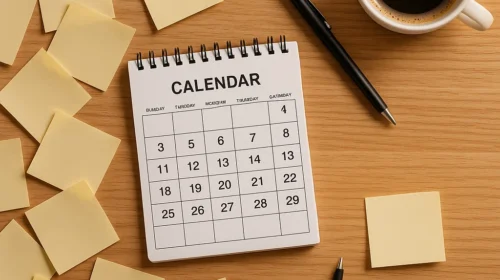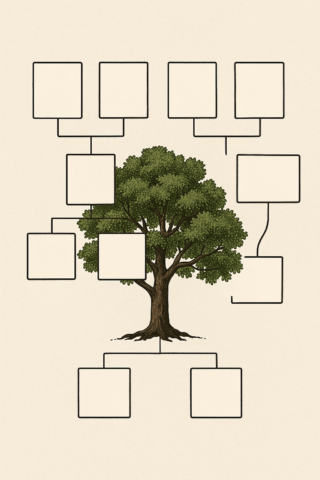For most people, to-do lists are the holy grail of productivity. From sticky notes on a desk to sophisticated task management apps, we all cling to our lists like lifelines. But what if the very tool you rely on to stay organized is actually sabotaging your success?
That’s right—your to-do list might be failing you. And you’re not alone.
Take Sarah, a marketing manager in Seattle, who starts every day with a carefully curated list. By mid-afternoon, she’s only checked off one or two tasks while dozens more have piled on. The result? Stress, frustration, and a feeling of never being “caught up.”
If this sounds familiar, it’s time for a reality check—and a new approach.
The Hidden Problems with Traditional To-Do Lists
1. They’re Too Long and Unrealistic
One of the most common reasons to-do lists fail is that they’re simply too long. A list with 15-20 items isn’t a plan—it’s a wish list. And when we inevitably don’t complete it, we feel defeated.
Case in Point: James, a freelance designer from Austin, admits, “I used to write everything I could think of on my list, from major client projects to watering the plants. It was overwhelming.”
2. No Prioritization
To-do lists often treat all tasks equally. Replying to a low-priority email sits on the same level as preparing for a major presentation. Without clear priorities, we gravitate toward easy tasks, procrastinating on what really matters.
3. Lack of Time Awareness
Most lists ignore the time each task actually requires. A task that says “Write blog post” might take 3 hours, but when you schedule it like a 15-minute errand, your day quickly falls apart.
4. They Don’t Adapt
Life is dynamic—meetings run long, emergencies pop up, and energy levels fluctuate. Static to-do lists don’t adjust in real-time, leaving you feeling perpetually behind.
How to Fix It: Smarter Strategies That Work
1. Limit Your Daily List to 3–5 Key Tasks
Focus on fewer, more impactful items. This technique, known as the Rule of Five, helps reduce overwhelm and increases the likelihood of completing what truly matters.
Start by asking: If I only accomplish three things today, which ones will move me forward the most?
2. Use Time Blocking
Instead of just listing tasks, assign them a specific time on your calendar. This practice—known as time blocking—turns intentions into commitments.
Emma, a project coordinator from Denver, says, “Switching from a simple list to time blocking changed everything. It forced me to be realistic about what I could actually get done.”
3. Prioritize with the Eisenhower Matrix
Divide tasks into four categories:
-
Urgent and Important – Do now.
-
Important, Not Urgent – Schedule it.
-
Urgent, Not Important – Delegate it.
-
Neither – Eliminate.
This method keeps you focused on what matters most, rather than what’s simply screaming the loudest.

4. Build Flex Time into Your Day
Don’t fill every minute. Leave space for unexpected events and mental breaks. A good rule of thumb? Plan for only 60–70% of your available time. The rest acts as a buffer.
5. Use Technology Wisely
Apps like Todoist, Notion, or TickTick can help organize tasks by priority, time, and category. But remember: a tool is only as effective as the system behind it. Don’t just collect tasks—curate them.
6. Reflect and Review Daily
At the end of each day, take 5–10 minutes to review what you accomplished, what didn’t get done, and why. This simple practice boosts accountability and helps you plan smarter tomorrow.
Final Thought
The problem isn’t that you’re not working hard enough—it’s that your to-do list may be working against you. By shifting from a chaotic catch-all to a curated, time-aware, and prioritized system, you can regain control of your day and your mindset.



